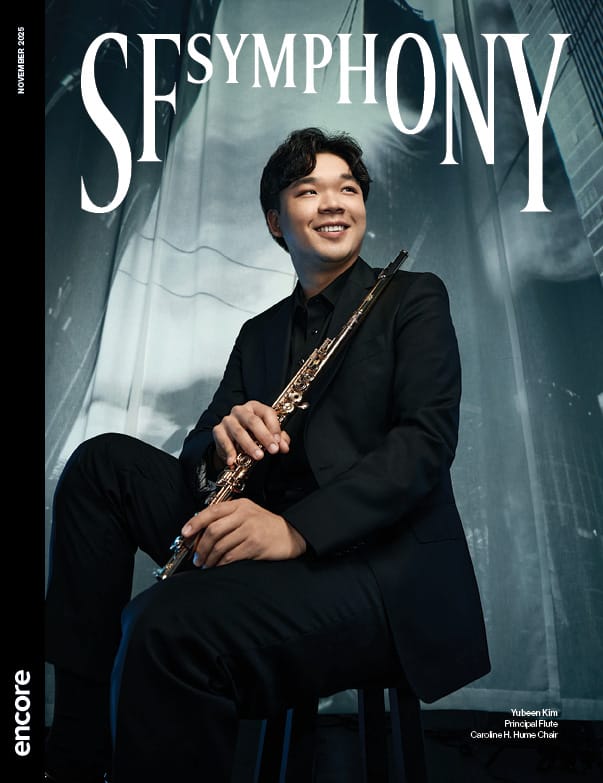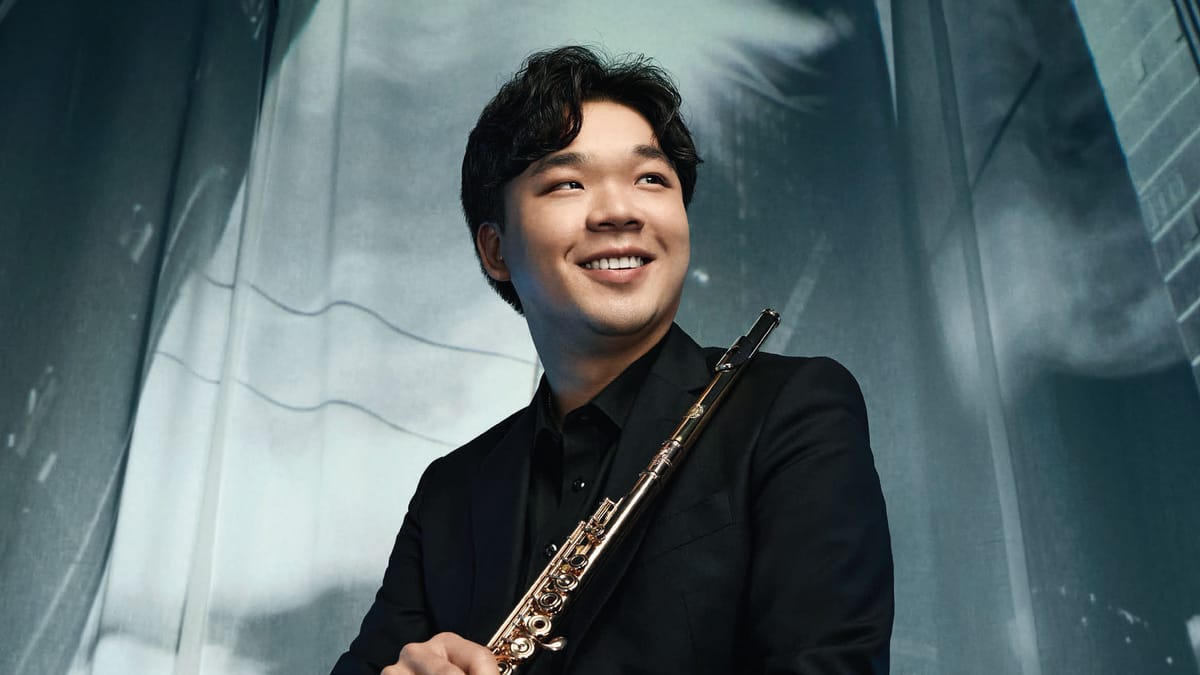In This Program
- Welcome
- Sharing the Journey: Gautier Capuçon
- Gautier Capuçon’s Gaïa
- A Moment with Violinist Alexi Kenney
- Meet the SF Symphony Musicians
- Community Connections
- Print Edition
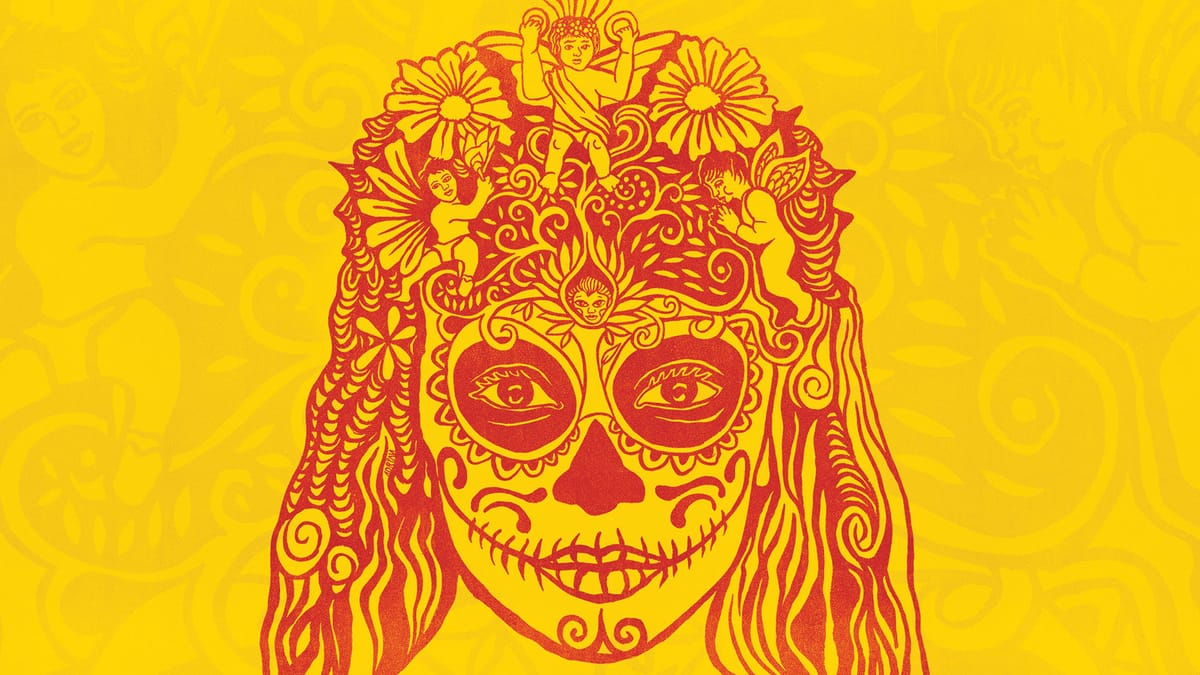
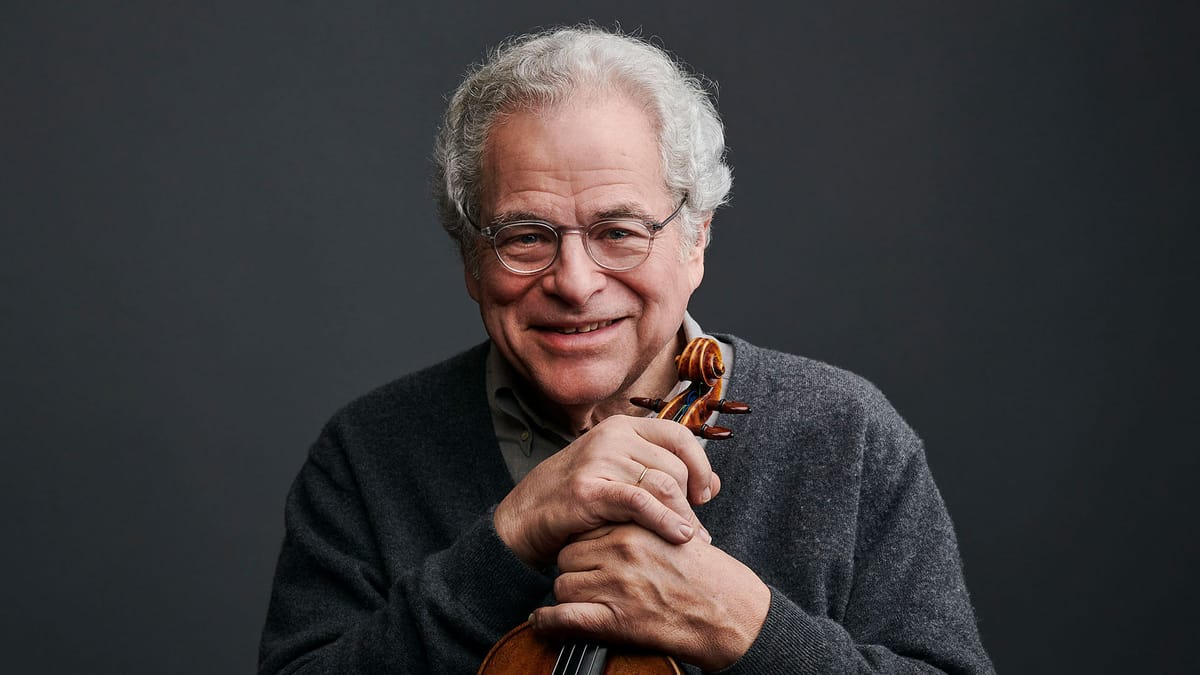
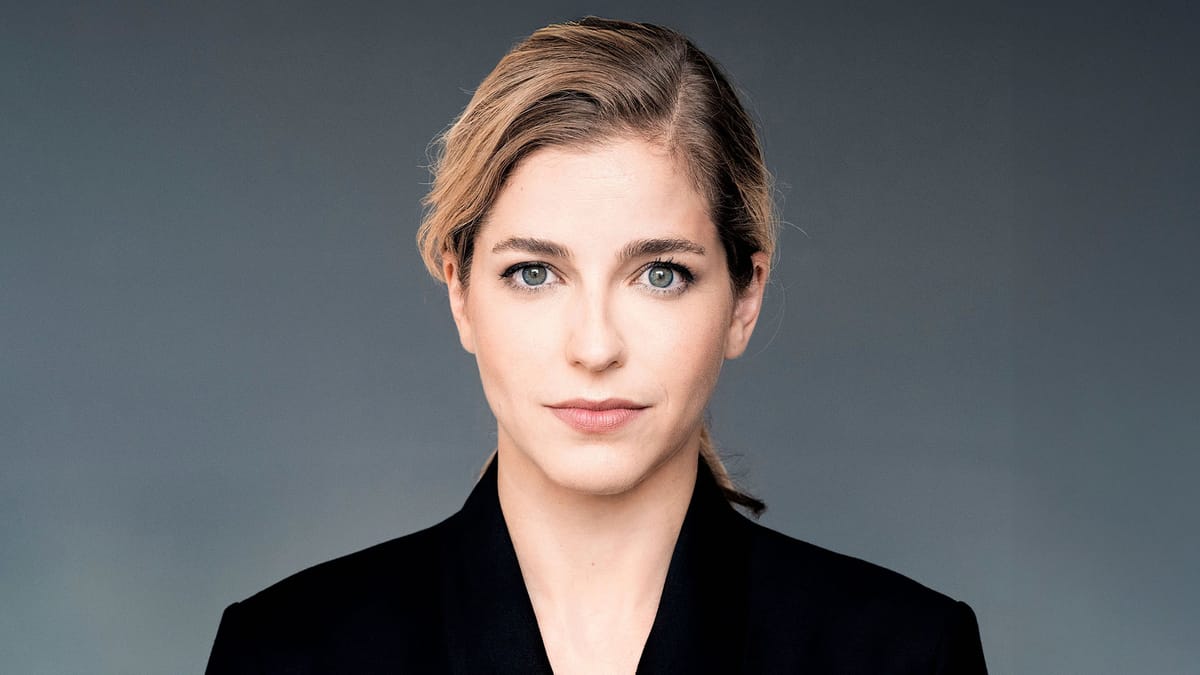
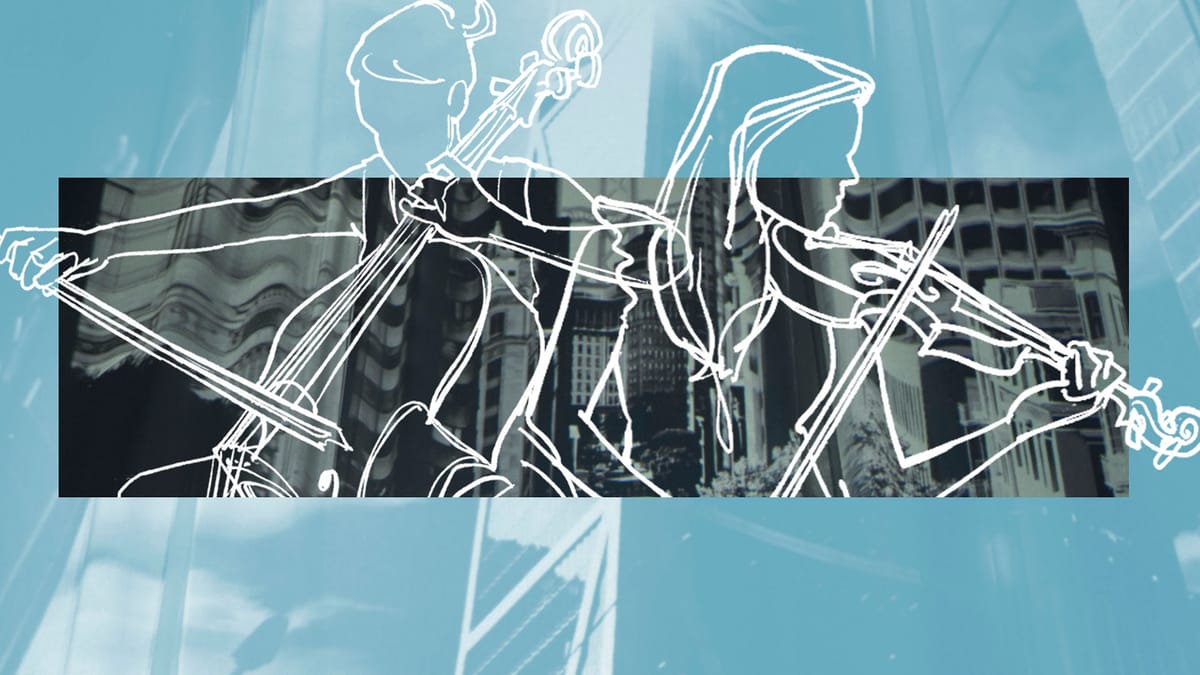
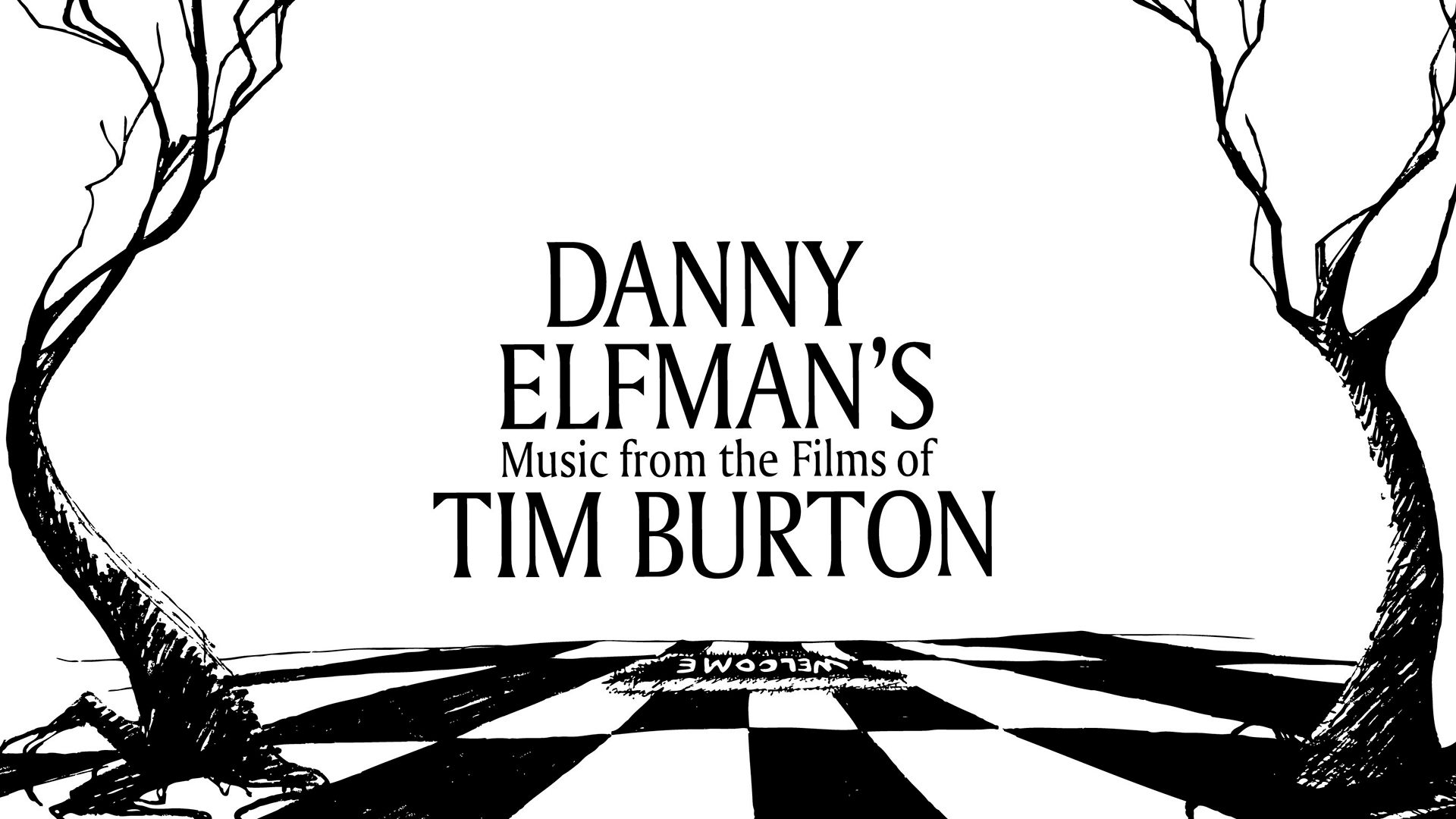
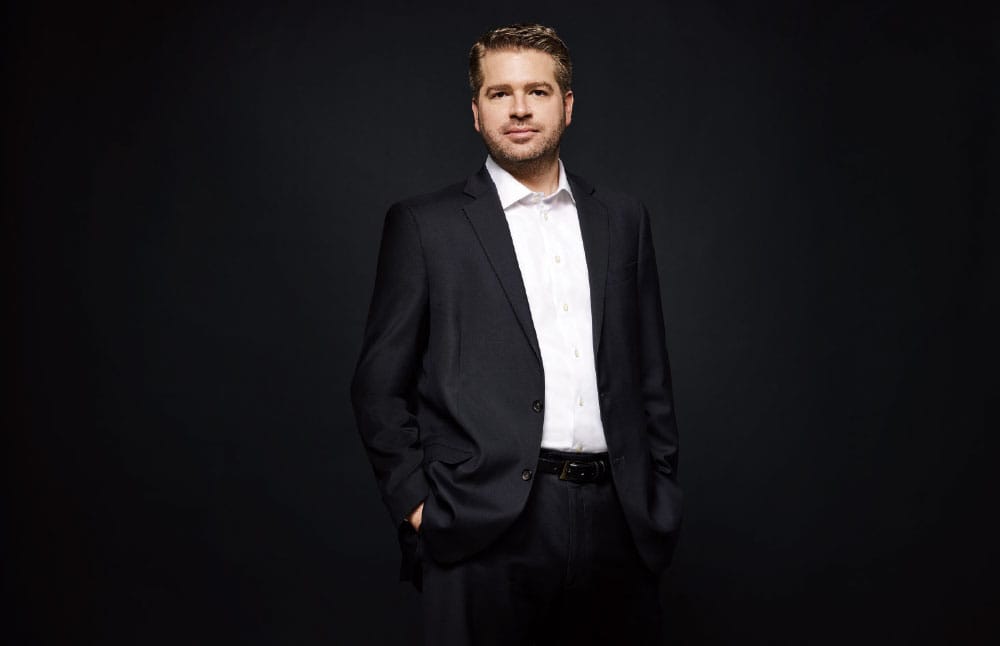
Welcome
Orchestras have a unique ability to collaborate, crossing genres to work in partnership with almost any creative discipline. Our November concerts are filled with vibrant collaborations and unique concert experiences.
Celebrated film and concert composer Danny Elfman joins us for a special multimedia program that pays tribute to his decades-long partnership with director Tim Burton. Our exploration of film music continues with the first San Francisco Symphony performances of Crouching Tiger, Hidden Dragon, featuring a beautiful Oscar-winning score by Tan Dun.
Another frequent Symphony collaborator is cellist Gautier Capuçon, who returns with this month’s unique recital project, Gaïa. Gautier has commissioned 16 composers—including former SF Symphony Collaborative Partners Bryce Dessner and Nico Muhly and Emerging Black Composers Project winner Quenton Blache—to write new works inspired by the Earth. He will be joined by several cellists of the San Francisco Symphony Youth Orchestra, a special opportunity for these young musicians.
Violinist Alexi Kenney (who got his start in the SF Symphony Youth Orchestra) brings his singular touch to a collaborative Baroque program, featuring the SF Symphony string section, Principal Flute Yubeen Kim, and harpsichordist Jonathan Dimmock. We are thrilled to welcome Alexi back in the spring for a SoundBox program.
We are continually energized by the amazing collaborations that come to life on our stage and look forward to welcoming you to Davies Symphony Hall to experience them with us.
Matthew Spivey
Chief Executive Officer, San Francisco Symphony
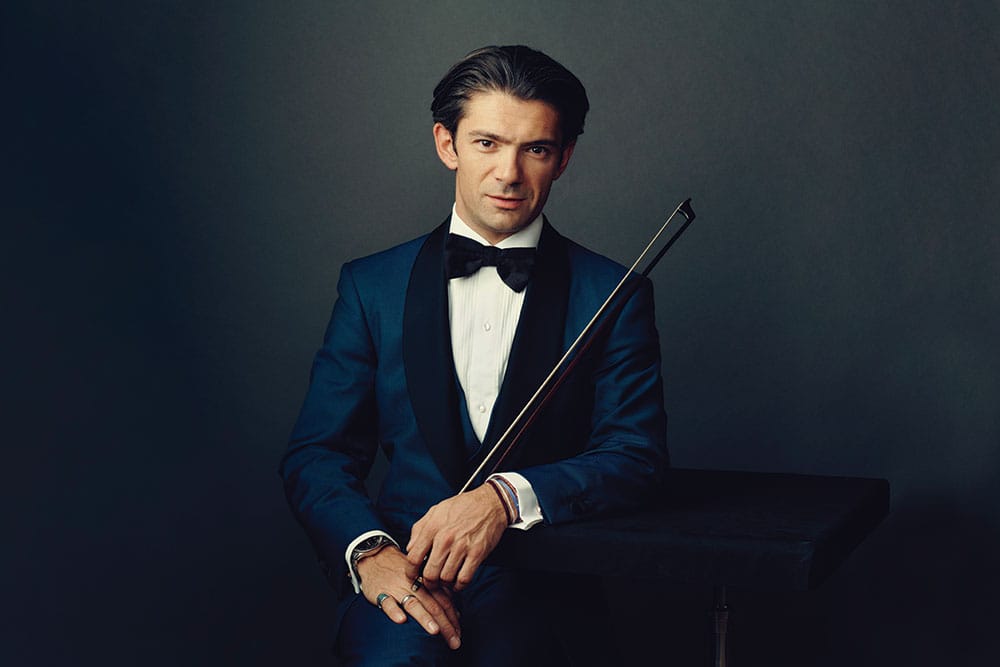
Sharing the Journey
Cellist Gautier Capuçon on his close ties to San Francisco, musical partnerships, and his priceless cello. • by Steve Holt
You had probably the most dramatic debut anyone has ever had with the San Francisco Symphony. [In 2009, Capuçon was stricken with appendicitis after his first rehearsal of the Schumann Cello Concerto and underwent emergency surgery].
After the operation I called [guest conductor Semyon Bychkov] and I said, ‘Look, Semyon, I didn’t come all the way from Paris just to go to the hospital. I want to play!’ He and the Orchestra were so kind that they actually didn’t replace me; they substituted another orchestral piece in the first two concerts. So I made my debut at the last concert. It’s of course a debut that I will never forget! Every time I’ve been to San Francisco since then we joke about it. The SF Symphony is a great family, and I’m always very happy to make music with them.
What can you tell us about the concerto you are playing here in the spring?
The Saint-Saëns First Concerto is of course one of the most-played cello concertos; I’ve played it since I was very young. It’s very alive, and really well-written for the cello, very operatic in a way, dramatic, and romantic.
You’re known for both orchestral and chamber performances. How would you compare those two different settings?
I need to experience both the intimacy of being one of just two people on stage, and then the next day, having almost a hundred musicians behind me. They’re two different ways of sharing the stage and sharing the music. But at the end of the day, we are sharing this experience together, and music is about sharing—sharing the vision of the composer and emotional sharing—and making this journey all together. I can’t say I want to do more of this and less of that. I need this connection to other musicians and to the audience.
You’re also known for your musical partnerships with other soloists like Yuja Wang and Jean-Yves Thibaudet.
It’s really a privilege to be able to make music with people you trust so much, to have partnerships that you can come back to regularly, and build something, and experiment every time going further and deeper into the music.
Tell us about your cello. [He plays a 1701 Matteo Goffriller instrument known as “L’Ambassadeur.”]
It’s an extraordinary cello. I’ve been playing it for 20 years, but every day I find new colors in it. It’s a bit of a wild animal! It has its own soul and character, but when we play together, hopefully we become one. After 300 years, now it’s my turn to be responsible for this cello and to cherish it, so future generations will be able to play it. It’s a privilege to be able to share a part of the life of such an instrument, and such a piece of art.
Steve Holt is an arts journalist and Contributing Writer to the San Francisco Symphony program book.

Gautier Capuçon’s Gaïa
Gaïa is a project from Gautier Capuçon featuring newly commissioned works for cello by 16 contemporary composers. Following its release as a Warner Classics album on November 7, Gaïa receives its concert premiere with Capuçon and special guests at Davies Symphony Hall on November 16.
Taking its name from the Greek goddess of Earth and mother of all life, Gaïa fulfills Capuçon’s wish to bring together original compositions that explore humanity’s relationship to nature. “Gaïa represents nature, fertility, and the origin of all living beings; the power and profundity of nature,” Capuçon said.
Several of Gaïa’s composers are likely familiar to San Francisco Symphony audiences, including former Symphony Collaborative Partners Nico Muhly and Bryce Dessner; bassist/composer Xavier Foley, who debuted here in a Shenson Spotlight Series recital featuring his own compositions last season; and Missy Mazzoli, Gabriela Montero, and Joe Hisaishi, whose works were heard here in recent seasons. Also included is a piece by cellist/composer Quenton Blache, a winner of the Emerging Black Composers Project in 2023.
“In each piece, it is the Earth that expresses itself in music: sometimes fragile, sometimes majestic, always essential,” Capuçon said.
In addition to its wide-ranging group of composers, Gaïa also offers an innovative commissioning model: each piece was underwritten by a different San Francisco Symphony supporter. We are grateful to the generous donors who helped bring this project to life.
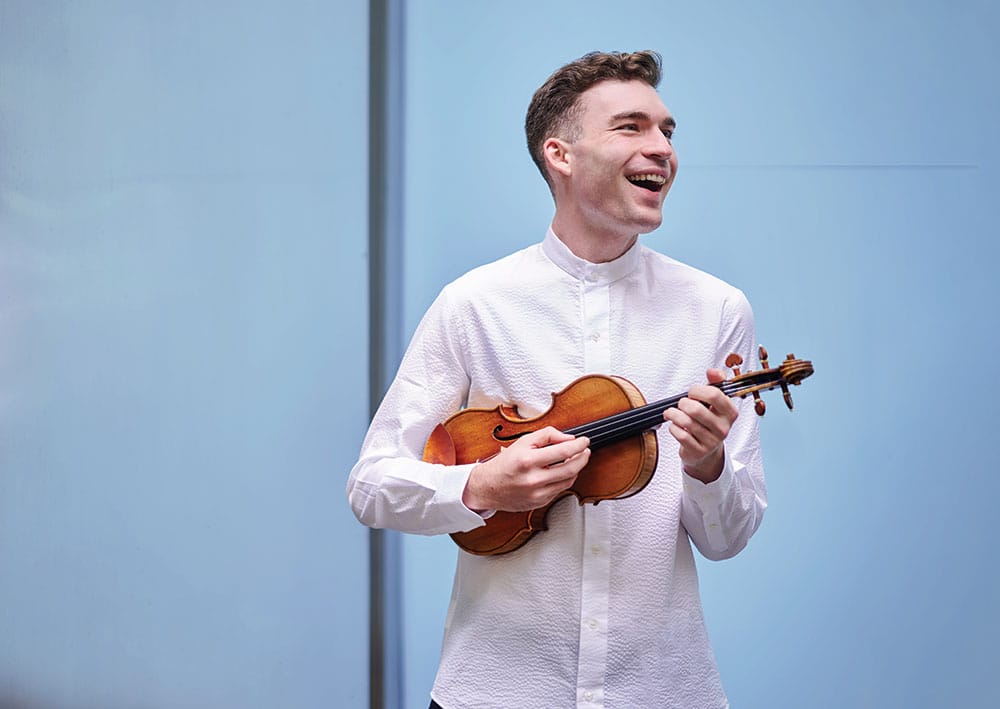
A Moment with Violinist Alexi Kenney
You’re originally from the Bay Area and as a student you played with the SF Symphony Youth Orchestra. How do you think this shaped your development as an artist?
The YO was a completely life-changing experience for me. Unlike some other youth orchestras, the YO treated us like real professionals, right down to the rigorous entrance auditions, sectionals with musicians from the San Francisco Symphony, and weekly rehearsals on stage at Davies Hall. I forged many friendships there that I still keep to this day—not to mention the great number of people from the YO who ended up pursuing music as a career, and who I still run into in my travels. We were also offered tickets to the weekend Symphony concerts whenever we wanted them, which I took advantage of almost every week. Hearing and meeting some legendary soloists and getting to know all that orchestral repertoire played by a world class orchestra in my backyard was a huge inspiration for me to pursue a life in music. It’s a total dream come true to return to the Davies Symphony Hall stage to play with the orchestra I grew up with.
What are some of your interests outside of music and how do they influence your creativity and artistic expression?
I love many different forms of art: sculpture, painting, architecture, and dance, to name a few. I’ve always thought of playing music as a multisensory tactile act, and the thought of putting brush to canvas or sculpting a vessel out of clay inspires me to envision my own medium in that way. There is texture, color, and density in music, and I find that when I’m able to access that more holistic way of thinking, my imagination is free to run wild and I’m able to be that much more inspired. I am most moved by art that feels truly embodied and full of spirit, and so I’m always seeking to be more and more aware of and intentional with my musical feelings in order to achieve ultimate freedom of possibility and enjoyment on stage.
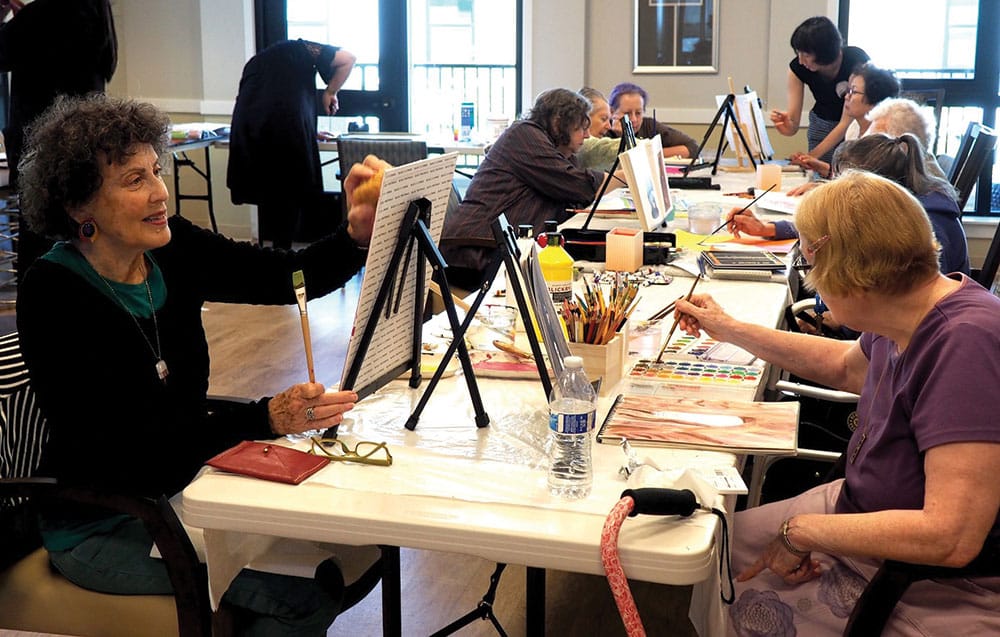
Community Connections
Art With Elders
Art With Elders (AWE) was founded in 1991 with the idea that the visual arts hold vast potential as a tool to address the challenges of aging. AWE engages older adults in fine arts classes and shares their work and life experience through public exhibits. The AWE program provides older adults with a vehicle for self-expression, social connection, and a presence in the larger community. Weekly classes are taught in person and online by professional artists and are available in five languages, enabling elders to learn new skills, explore ideas, and build positive relationships with their peers. Each year, AWE curates an exhibit showcasing 100 of the most outstanding student artworks. The exhibit is juried by a panel of professionals and is presented at the Annual Exhibit Opening Event. After each Annual Exhibit Opening Event, the extraordinary talents of AWE artists are shared with the wider community as the exhibit travels to venues in the San Francisco Bay Area and is made available for viewing online. For more information, visit artwithelders.org.
The San Francisco Symphony thrives on collaboration, and we’re proud to work with the most creative, innovative groups and individuals shaping the Bay Area today.
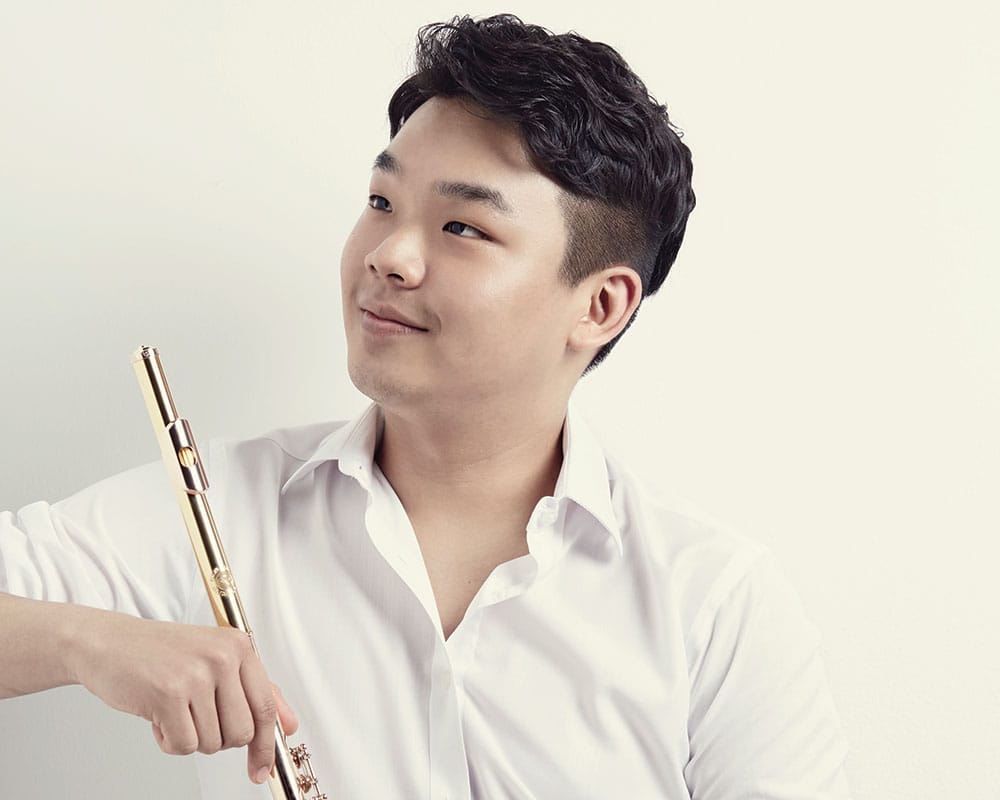
Meet the Musicians
Yubeen Kim • Principal Flute, Caroline H. Hume Chair
Yubeen Kim joined the San Francisco Symphony as Principal Flute in January 2024. He was previously principal flute of the Berlin Konzerthaus Orchestra and a guest principal with the Berlin Philharmonic. This month, Kim solos in Bach’s Brandenburg Concerto No. 5 (Nov. 20–22). Next spring, he plays Ibert’s Flute Concerto (May 8–10).
What was your first concert with the San Francisco Symphony?
It was during my audition week with Esa-Pekka Salonen in 2023. We played Beethoven’s Symphony No. 3, Eroica, and the Piano Concerto No. 5 with Igor Levit. That was a great time.
How did you begin playing the flute?
My dad is a musician, he plays double bass in a Korean orchestra, so I was always close to music. I started learning piano at six, learned violin for a while, and finally discovered flute because my mom was studying it as a hobby. Flute was almost like a toy, I really enjoyed playing it starting at nine years old.
Where did you continue your studies?
In Korea, we have an art middle school, so I majored in music there starting at 13. I’m from Daejeon, so I moved to Seoul to study at that point. Later my teacher recommended that I study abroad, and she was really good friends with the professor at the Lyon Conservatory, so I went to France, first to Lyon and then to the Paris Conservatory.
What was your first orchestra job?
At 19, I got the job at the Berlin Konzerthaus Orchestra. I was still studying, so I went back and forth between Paris and Berlin for a while.
Do you notice different playing styles between Korea, France, Germany, and the United States?
There’s a very long tradition of flute playing in France, so we talk about French-school flute playing. Most of the players and teachers in Korea studied in France, and in Germany they love French flute playing as well. French playing emphasizes intimacy and elegance. In the States, we have slightly different taste, which can be more powerful, majestic, and confident.
What kind of flute do you play?
I play a Brannen-Cooper flute, which is made in the USA. I have a French headjoint by Salvatore Faulisi.
What do you love about playing in an orchestra?
As a flutist, we don’t have a big solo repertoire, like a pianist or violinist. So our chance to play more repertoire is in the orchestra. It’s a shame we don’t have any flute concertos by Brahms, Schumann, Schubert, or Tchaikovsky. But they did write really great flute parts in some of their symphonies.
Do you have any musical activities outside the Symphony?
I just started teaching at the San Francisco Conservatory, and I’m really having fun with those students. I also still frequently play as a soloist in Korea.
What do you like to do besides music?
I like to eat, there are so many great foods and restaurants in the Bay Area. I recommend the Korean restaurant Daeho in Japantown. I think it’s a really authentic and good one.
Print Edition
